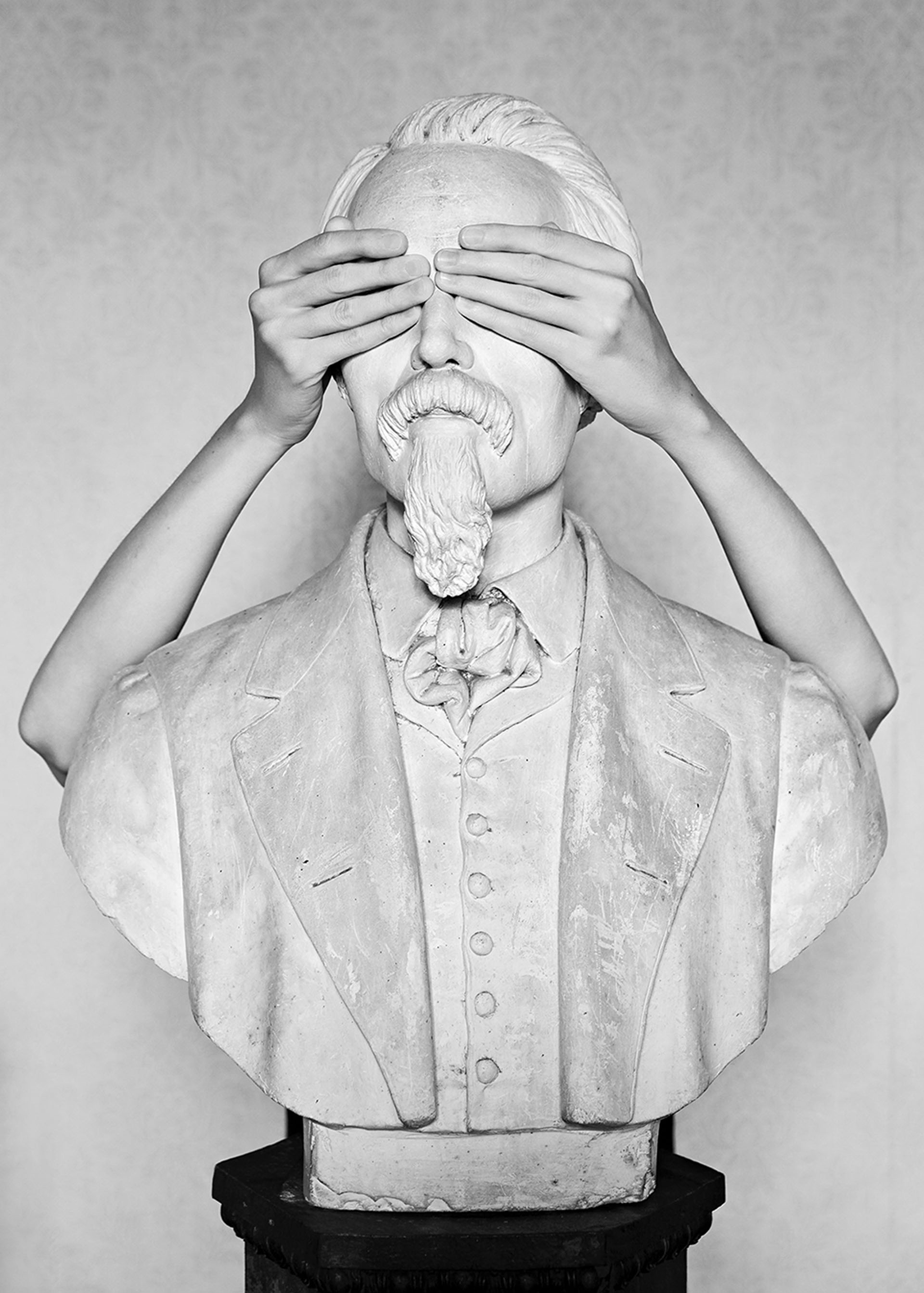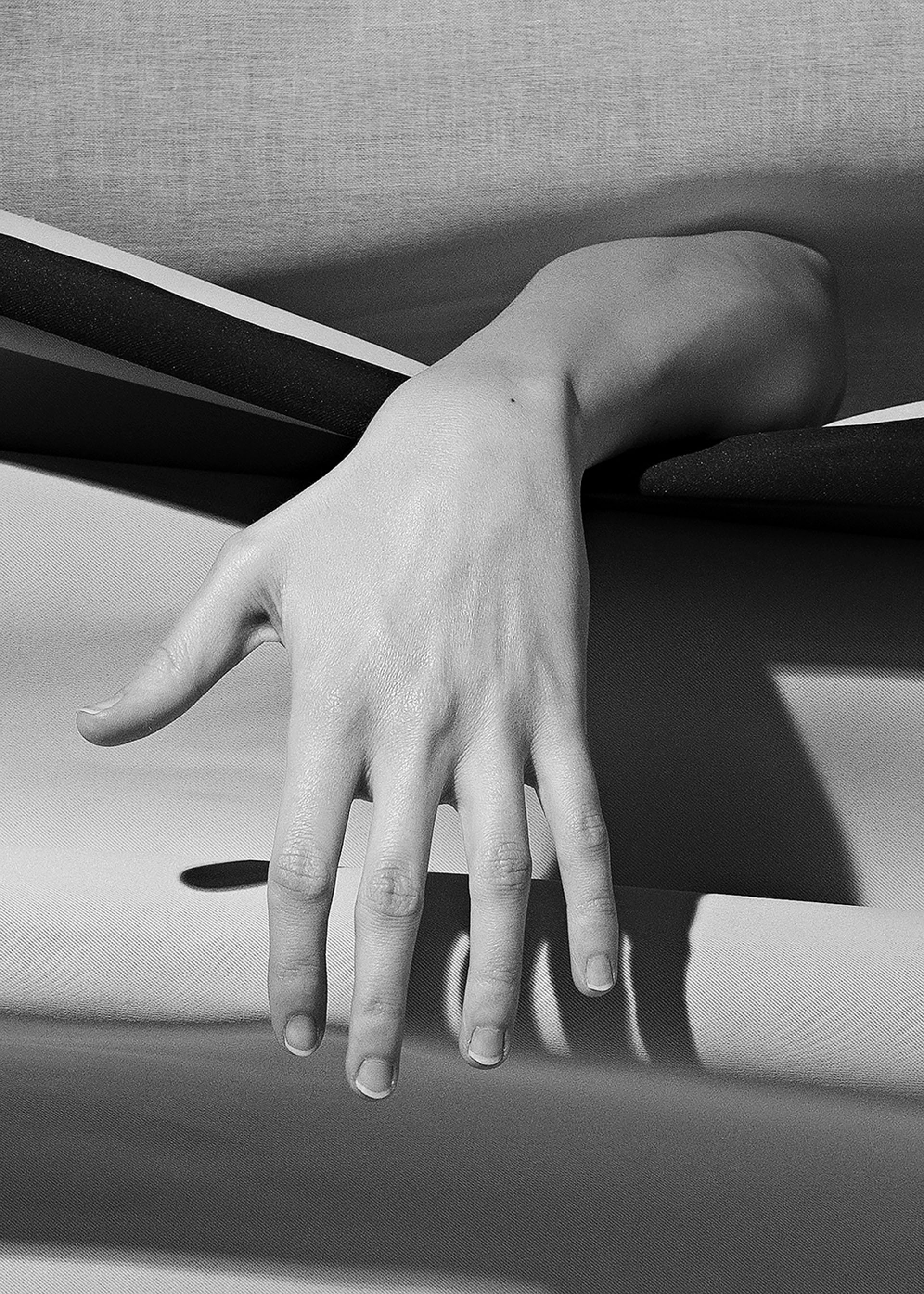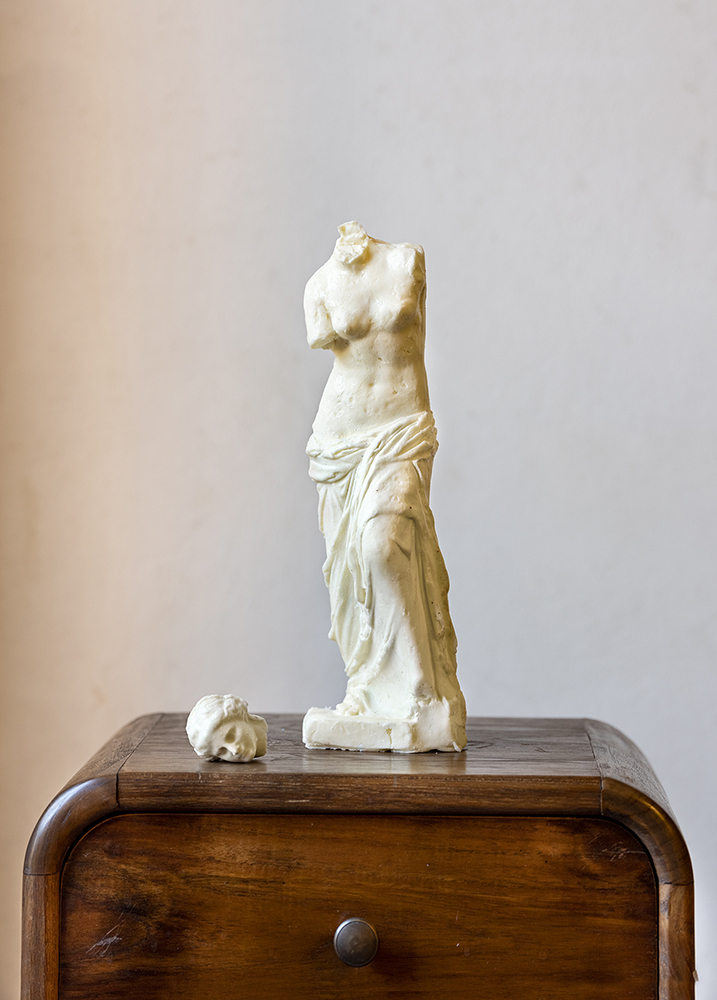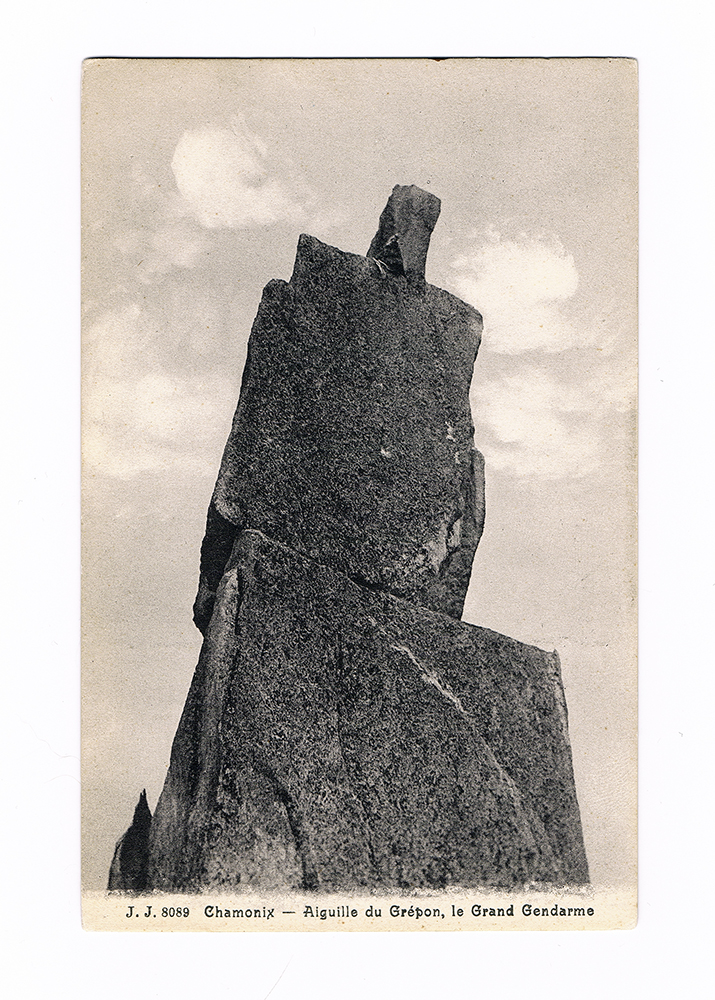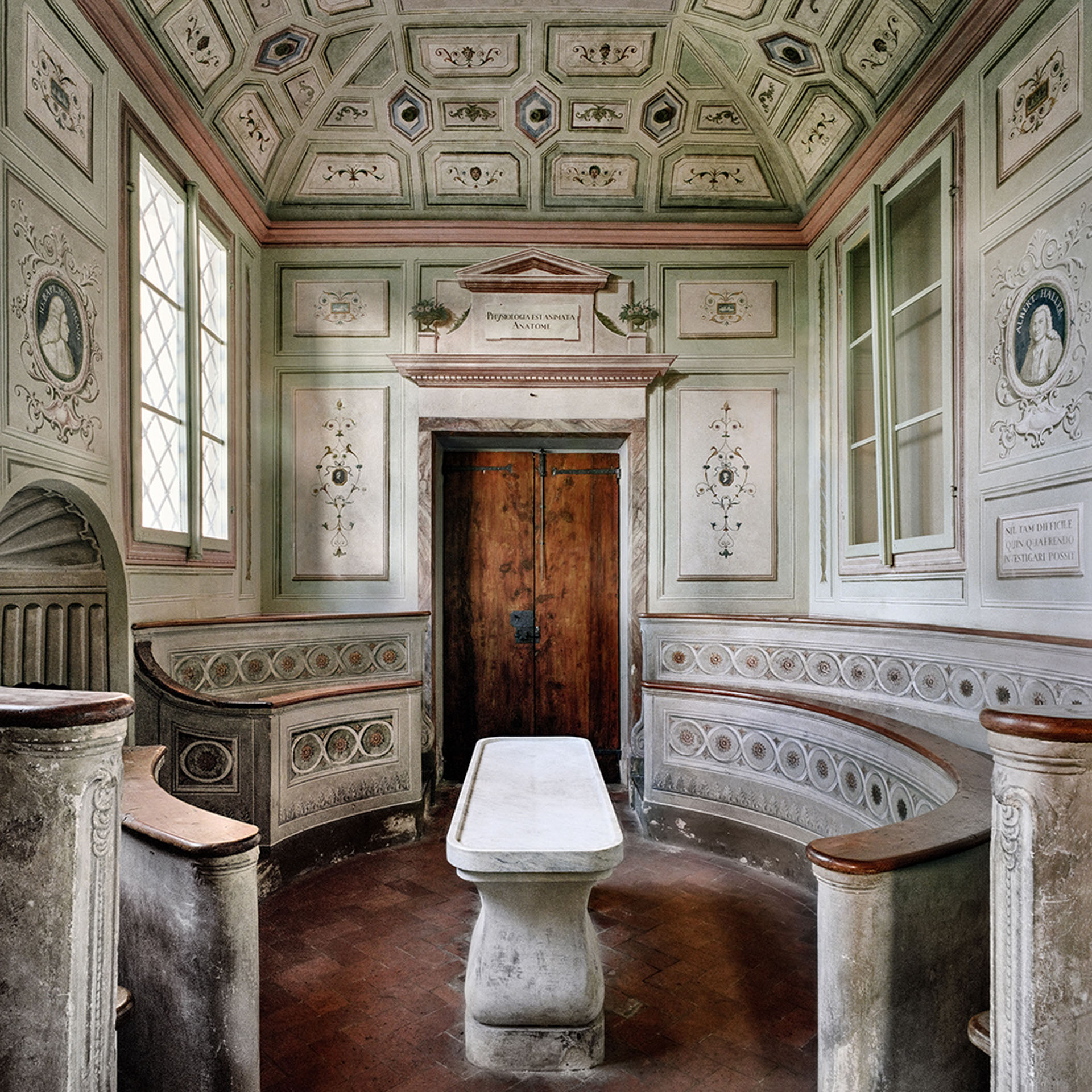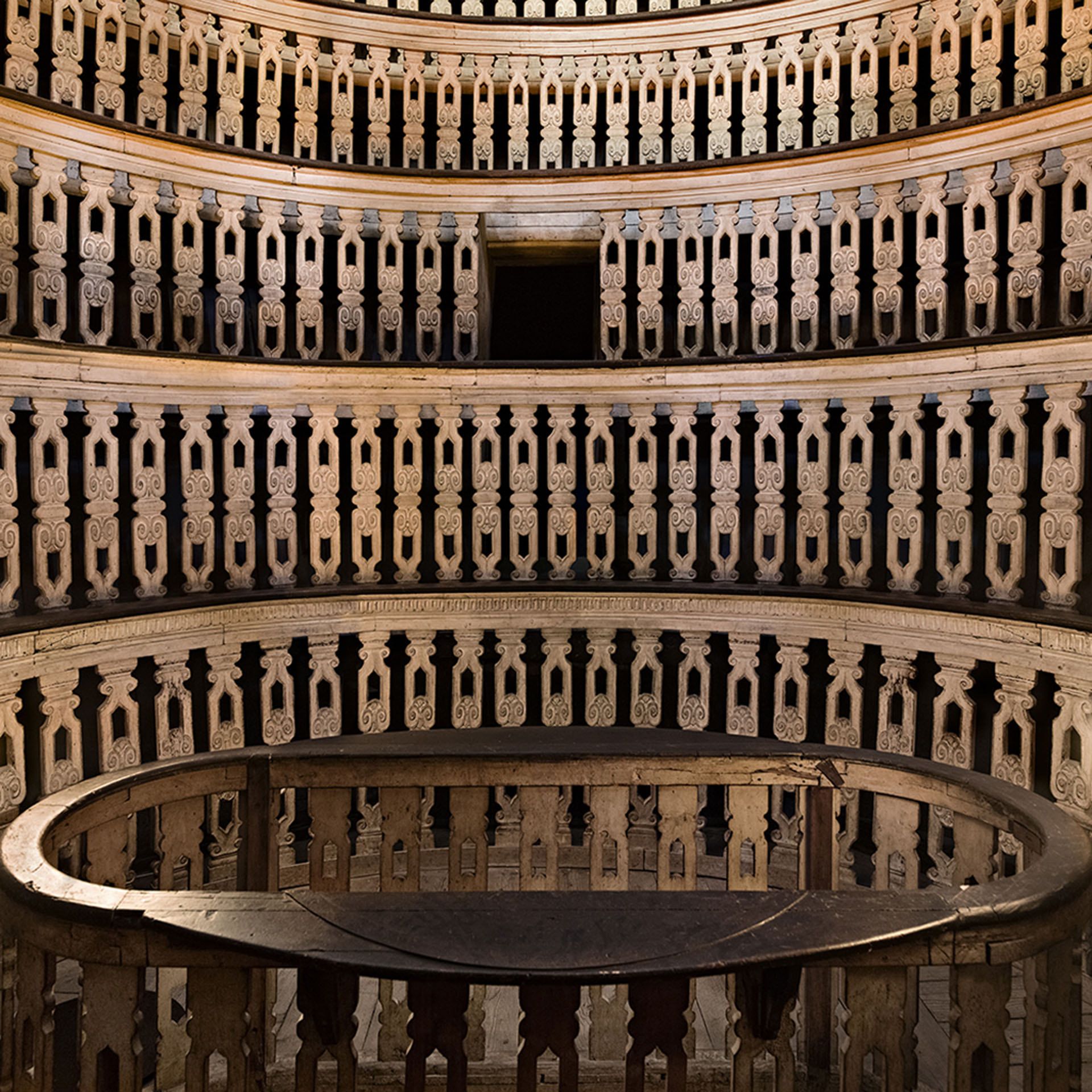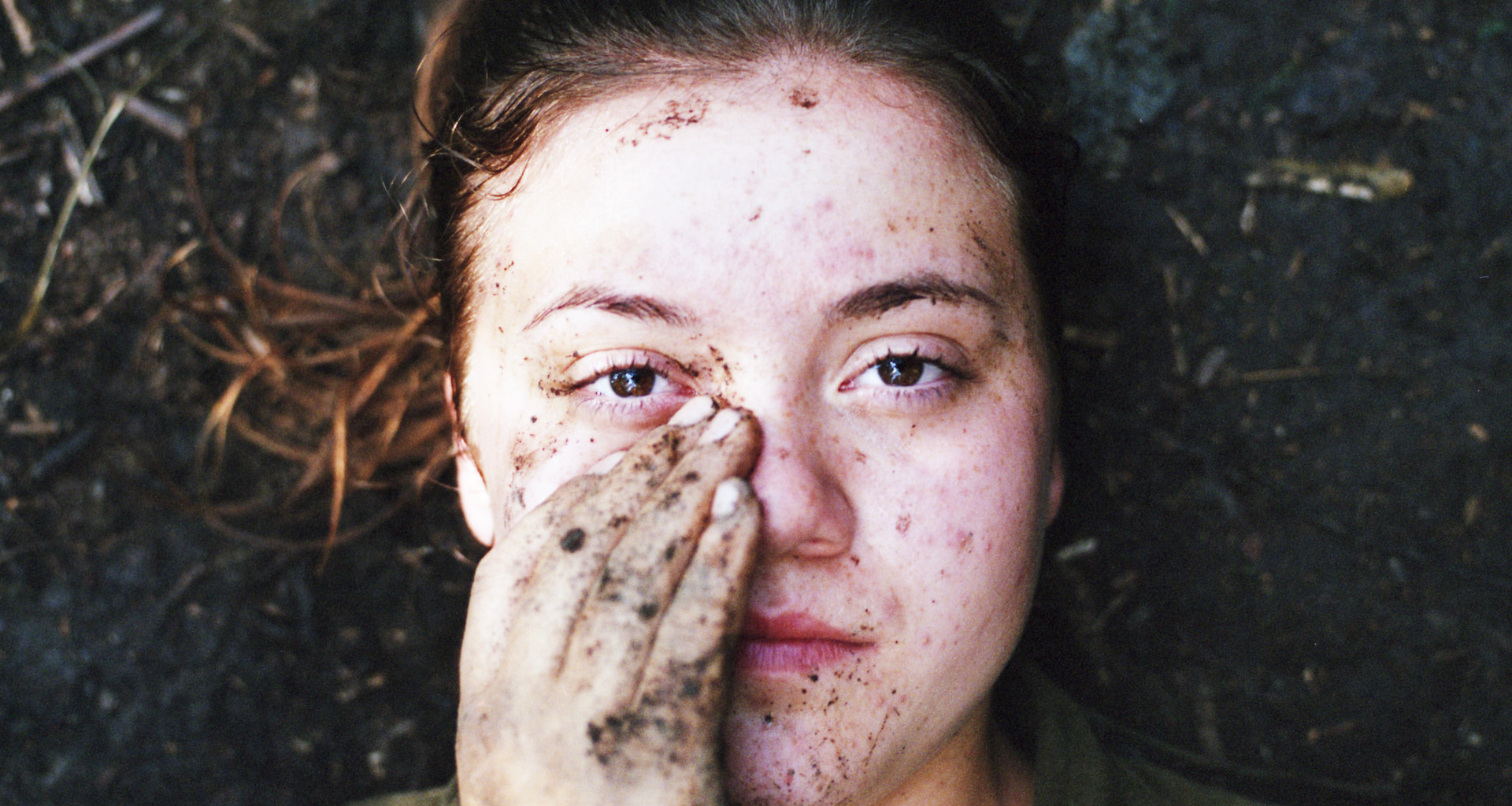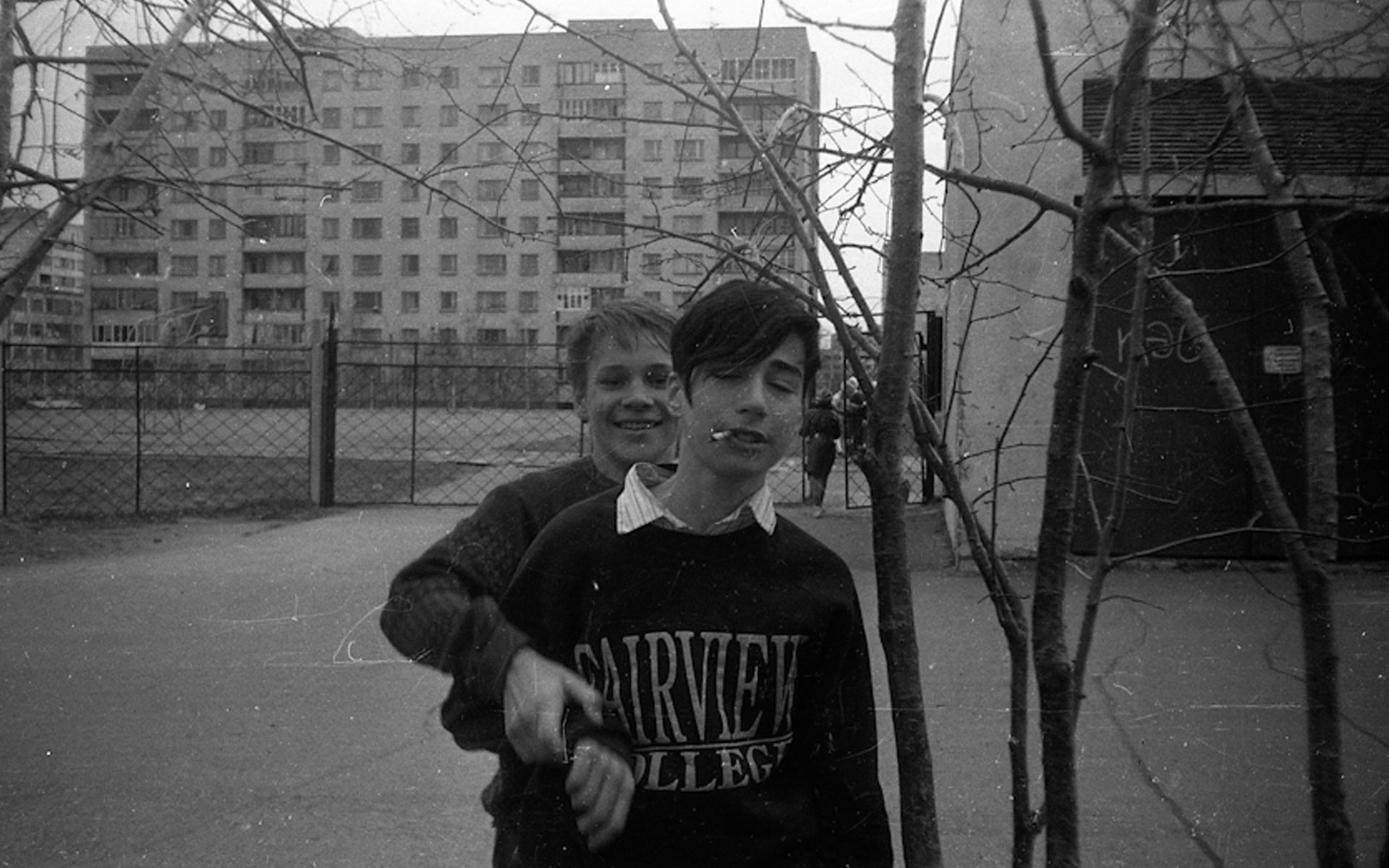‘Our perceptions can be tricked’. Francesca Catastini on why it’s not the camera that’s deceptive, it’s us
In her latest project Petrus, Italian photographer Francesca Catastini explores the legacy of images glimpsed during childhood, and plays with archetypal imagery to subvert our expectations.
Francesca Catastini is a photographer taking part in the Futures Platform, co-funded by the Creative Europe Programme of the European Union.
The fact that I’m European has certainly shaped the subject and style of my photographic work. My perspective, as well as my subjects, flow directly from my cultural background and imprinting. Every time I have to introduce one of my projects there’s always this sort of refrain about “Western culture”: my previous work is “about the history of the study of anatomy and the role of vision in the graph of power and knowledge in Western culture”; my latest work is “a reflection on a certain rhetoric of masculinity”, again, “in Western culture”. My last project, Petrus, stems from a reflection on the images we absorb during our upbringing and education, and the deep influence they have on us. How they sculpt us and shape our views, particularly on a subconscious level. Origins, here, are crucial.
My inspirations come mainly from pondering my life experiences. With Petrus, for example, everything started when my former neighbour asked me to photograph the house where he used to live before moving abroad. When I first got there I realised the place is now his storage. I was fascinated by his objects: mementos from his childhood through to early adulthood. One of the first objects I found was an old dusty bottle of Petrus, an Italian liquor very in vogue during the 80s, advertised as “the perfect drink for the modern strong man, the man living according to nature”. This is where the title of my work comes from.
As a reader I can be quite “acrobatic”: for Petrus I read essays by Pierre Bordieu, Man and His Symbols by Jung, and several scientific, sociological, and pseudo-scientific articles. The more absurd the title the better: Preferences of Female Rhesus Monkeys for Infantile Coloration, Images of diluted masculinity of contemporary vampire characters through racial discourse in Modern American Gothic, the list goes on…
I have the impression that, as European photographers, we’re generally more doubtful, questioning the medium of photography itself, its language, genres, content, potential, its power, our power… and probably the way power manifests itself today.
I find it curious that we often find ourselves describing the camera as a deceitful medium. To me, it’s more about the fact that we as human beings often manipulate each other, as we manipulate ourselves as well. The medium can simply make it easier. Aside from its common negative connotation, the word manipulation has a neutral meaning: to control something with your hands. Bearing this meaning in mind, a manipulative person could be someone skilful at handling objects, as we humans are in most cases. If we accept the clear principle that our perception as viewers as well as authors can potentially trick and be tricked, would we be able to just look at photography with an open mind?
This diptych [above] is called Le Grand Gendarme and explores the semantic connection between objects. I was reading about the Great Exhibition which took place in London in 1851, and among the many objects on show, a reproduction of the Venus de Milo sculpted out of butter drew my attention. Like many pieces of art, it was meant only to be looked at and of course not to be touched, but this one seemed closer to a mental object as it was meant to perish quickly. So I tried to make one, on a smaller scale. I was interested in the process as well as in the idea of photographing it before it melted away. You can get an idea of the result looking at the image on the left. The Venus de Milo — the real one — entered the Louvre 30 years before, in 1821. The French authorities advertised its arrival through a lot of propaganda, which was supported by many French artists of the time who praised it as the epitome of graceful female beauty.
The fact that this sculpture represents the female canon of classical beauty is a commonly shared opinion, even if this might be in part due to the consensus the French government received from its artists. But there was at least one exception to this. When Renoir first saw the Venus de Milo he labeled it as “un grand gendarme” — a big policeman. Gendarme is not only a French big policeman, it is also the name used to call some particular pinnacles of rock on a mountain ridge, as you can read at the bottom of the postcard on the right. What really interests me within my research is building bridges and to work at finding different levels of analogies. My projects are mainly about pairing, comparing, and combining images with other images, or images with texts, with the aim of transcending the idea of separation. In this diptych, for example, masculinity and femininity can float free from men and women.
The last creative work that really affected me was from Les Rencontres de la Photographie d’Arles, a book called Inventions 1915—1938 by Luce Lebart, published by CNRS and RVB BOOKS. It’s a selection of photographs coming from the CNRS archives and produced in France between 1915 and 1938 as part of a national policy to encourage scientific and industrial research. To me this book is like many books. It’s a book about the human drive to overcome what we perceive as limiting, our drive to create and make objects; it’s a historical book; and it’s a book about photography and the main use of this medium. Images here aim to stand exactly for what they represent, which is probably one of the reasons we still need to remind ourselves that we know very well a photograph and its subject are not the same thing.
But what I like most about Inventions is the fact that the first half of it is only about images, the only given context being the title on the front page. No caption or explanatory text is there to stop you from looking at and reading the images. You find yourself pondering all sorts of different images, from a highly-decorated silver cradle which turns out to be a prototype for a washing machine, to an image of a very elegant man contemplating the egg and egg-holder in his hand. Like with La Settimana Enigmistica (a popular weekly Italian puzzle magazine) thanks to the structure of this book, you can first look at the enigma trying to imagine a possible solution and then you verify your ideas checking the image index at the very end.
